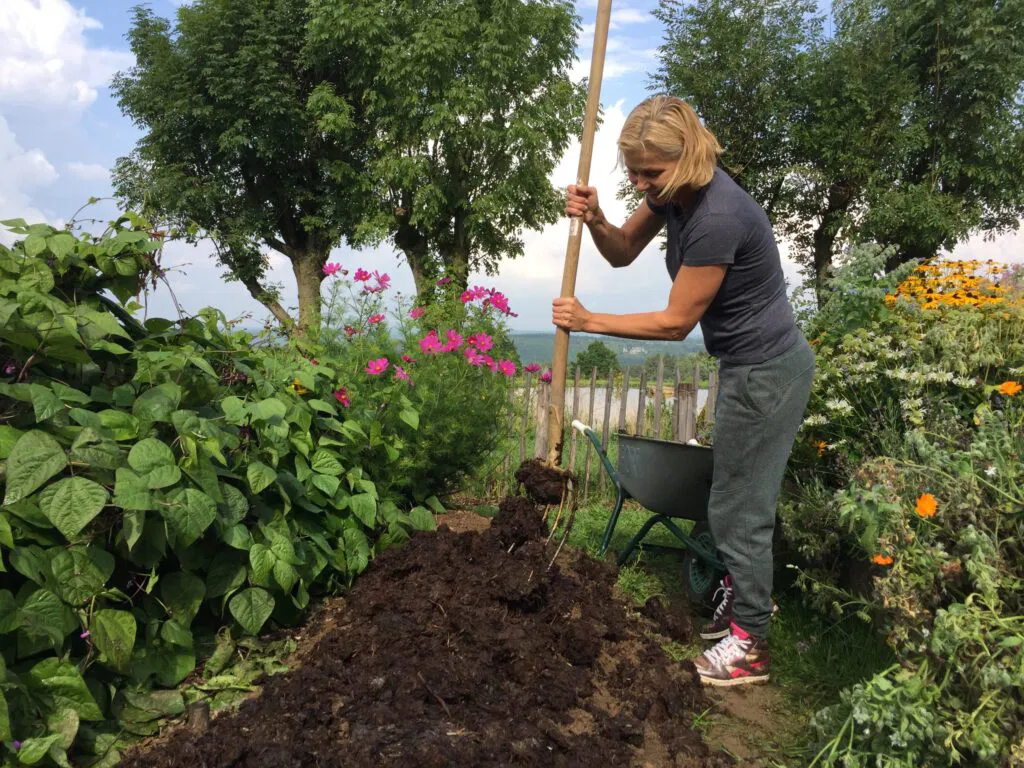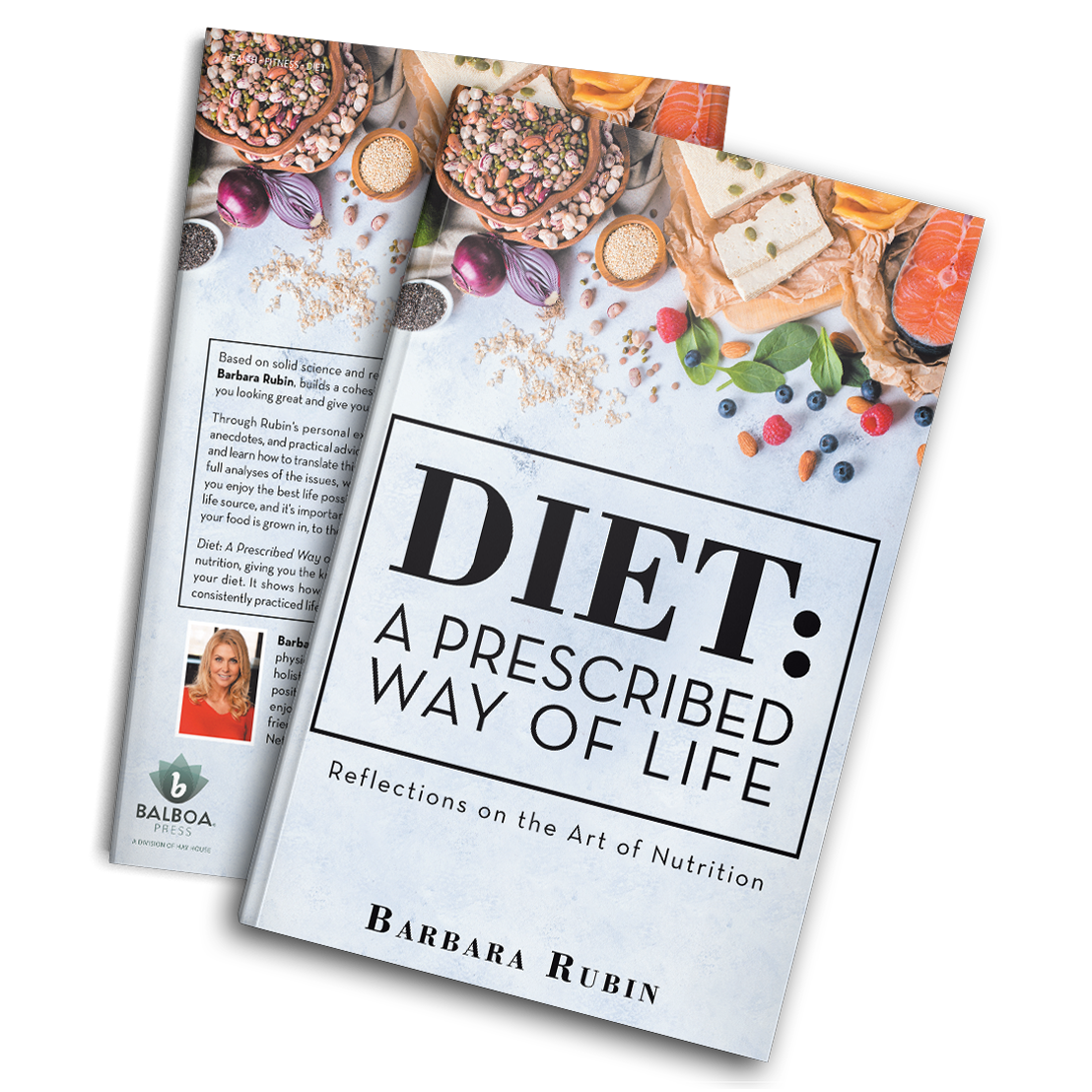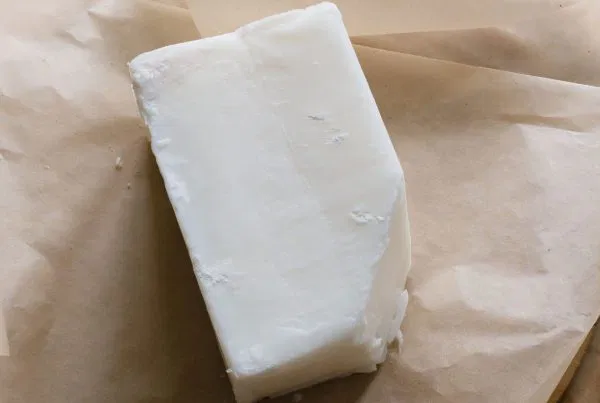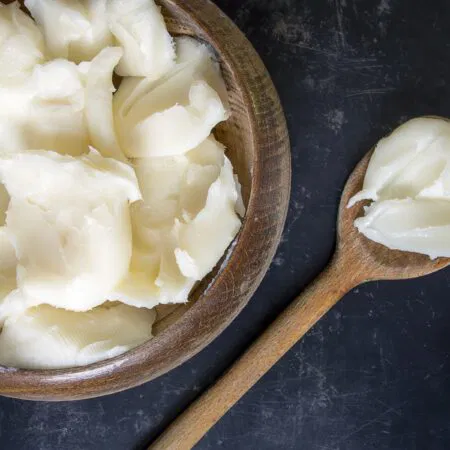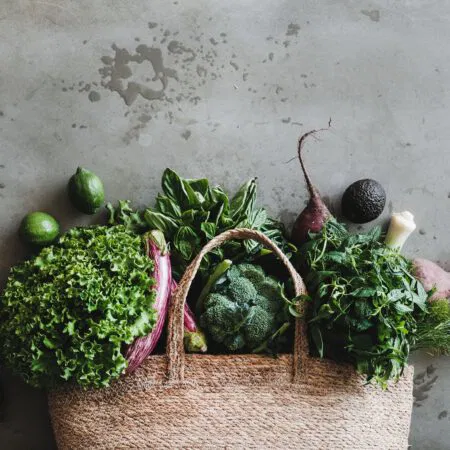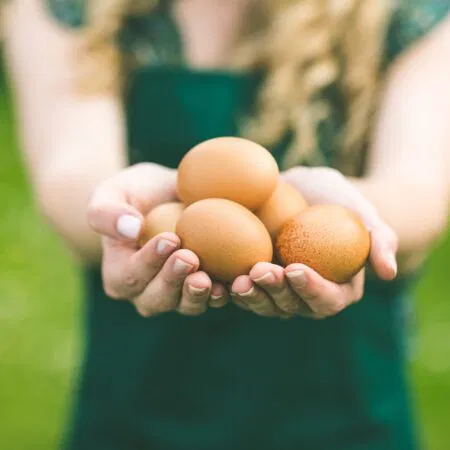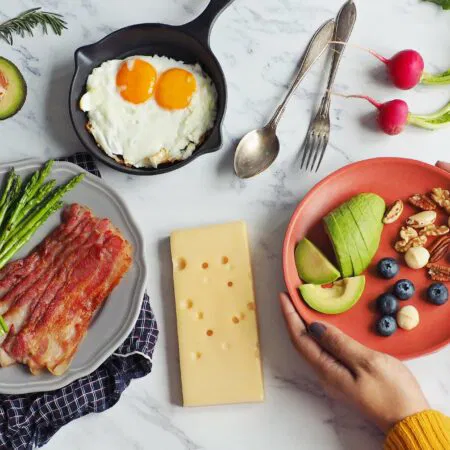Bone Broth for Runners and Triathletes: A Great Training Aid for Hard Workouts
Bone Broth for Runners and Triathletes
Reading time 5 min
Whether you’re training for your first 5K run or you’re a seasoned triathlete, you need to fuel your body with food that help you withstand heaving training and support recovery. That’s a big reason why trainers, marathon winners, and serious athletes recommend bone broth for runners and those who put in hard workouts. Let’s take a look at why bone broth is becoming so popular and how it can be one of your top training aids, too.

What Is Bone Broth and Why Is It So Good for Your Body?
Bone broth is actually one of the most ancient foods known to mankind. Ever since the advent of fire for cooking, humans have made bone broth by slowly simmering the bones and other parts of animals. The resulting broth may have herbs and flavorings added, so it can be sipped or consumed as soup. Or, it can also become an ingredient for sauces, gravies, and other dishes.
One of the reasons bone broth is such an excellent source of nutrients is it concentrates elements found in poultry and beef bones. These bone components are a superior source of protein collagen, that gelatinous layer that you may have seen appear when you make homemade soup from leftovers. Collagen protein is wonderful for the entire body, as it’s one of the building blocks that make up your skin, hair, nails, and connective tissue. Bone broth contains different types of collagen proteins.
How Can Bone Broth Help Athletes in Training?
The late NBA star Kobe Bryant, who played for the Los Angeles Lakers, was given bone broth after what could have been a devastating ankle injury. Dr. Cate Shanahan, director of the Lakers’ nutrition program, made sure he was given soup made from bone broth the night of his terrible sprain. Instead of being out of the game indefinitely, Bryant only missed two games. Bone broth protein became a dietary staple for Bryant and the other Lakers, and Shanahan still touts its benefits today.
While sipping bone broth may seem like a novelty for modern athletes, it’s actually a training and race aid that’s been used for nearly 100 years. When American Gertrude Ederle swam the English Channel in 1926, her companion boat supplied her with bone broth throughout the crossing. She attributed her endurance to sipping the soup during her grueling 35 miles in the water.
What Are Some Other Advantages of Bone Broth?
Bone broth isn’t just a great addition to the athlete’s diet for muscles and joints.
Other benefits of bone broth include:
- More natural and palatable than capsule supplements
- Very easily absorbed by the body
- Makes up for nutrients not present in common dairy-free diets, like Paleo
- FODMAP diet-friendly
- Supports immune system function
- Can support during fasting or dietary eliminations and resets
- Not expensive and easy to order online for high-quality products
- Uses the whole animal without waste
- Simple to add to diet plans and cooking recipes
How Can You Incorporate Bone Broth into a Training Diet?
Bone broth is super easy to meld with a training diet because there are so many ways to use this golden liquid. The easiest way to consume bone broth is to sip it like tea or clear soup on days when you’re training. Have a cup of bone broth, work out, and then have another cup. The first cup will give you a good feeling and motivation; the second serving contributes to the recovery and building of your muscles.
You can cook with bone broth by adding it to soups, stews, spaghetti sauce, and similar recipes. It adds fantastic flavor to everything, and it’s healthier than using plain stock or highly processed bouillon that tends to contain artificial ingredients. In fact, you can replace the flavor packet that comes with ramen noodles or store-bought rice mixes with bone broth. Or, make your own rice pilaf casserole by cooking rice in bone broth, along with some seasonings, leftover cooked chicken or turkey, and veggies, such as broccoli and carrots.
Are you a coffee fan or smoothie aficionado? You can use unflavored bone broth in your drinks to get the same great benefits without altering the taste.
Don’t forget to take advantage of available bone broth during races and sports competitions as well. It’s the perfect alternative to those sickeningly sweet sports gels and drinks when you’re craving something more savory and salty at the end of the day, close to the finish. Bone broth will help you rehydrate to prevent cramping, dizziness, vomiting, or “bonking,” when you hit a wall and feel like you can’t go on any further.
During races and other types of athletic competition, you need to adjust the volume of bone broth you take in to the amount of sweat you’ve lost, as it is fairly high in sodium (salt). On a hot summer day or in a dry climate, you’ll probably need more, versus a cold weather event or competition in a humid area. If you drink bone broth routinely during training, you’ll have a better idea as to how much is right for you and your rehydration needs under various conditions.
What Is the Best Bone Broth for Athletes?
The best bone broth if you’re an athlete is the one that’s most natural and of the highest quality. This is true for anyone seeking to add bone broth to their diet, but it’s particularly essential for athletes, whose bodies need to be in pristine condition.
When you order BABS Bone Broth, you’ll find a number of advantages that you don’t get with most other brands:
- Free of MSG
- Non-GMO
- Uses fresh, local ingredients
- Made from pasture-raised animals
- Sustainable process that uses every animal part
- Organic options
- Transparency about ingredients and origins
- Dedication to people and the planet first
We have reasonable prices on all our products, and you can order in bulk for convenience, so you’re always stocked up. BABS also has a loyalty program to reward our frequent shoppers.
Even if the other members of your household don’t train as hard as you do, we’re sure they’ll enjoy our bone broth products, too. And when you share them with your team or training buddies, you’ll start a trend in your circle that echoes what elite athletes do to be their best.
We’re here to answer all your questions about bone broth so that you get the right product for your needs. Reach out anytime for more information, and be sure to browse the website for our helpful resources on nutrition and how it affects the body.
This content is for informational and educational purposes only. It is not intended to provide medical advice or to take the place of such advice or treatment from a personal physician. All readers/viewers of this content are advised to consult their doctors or qualified health professionals regarding specific health questions. Neither Babs Bone Broth nor the publisher of this content takes responsibility for possible health consequences of any person or persons reading or following the information in this educational content. All viewers of this content, especially those taking prescription or over-the-counter medications, should consult their physicians before beginning any nutrition, supplement or lifestyle program.

